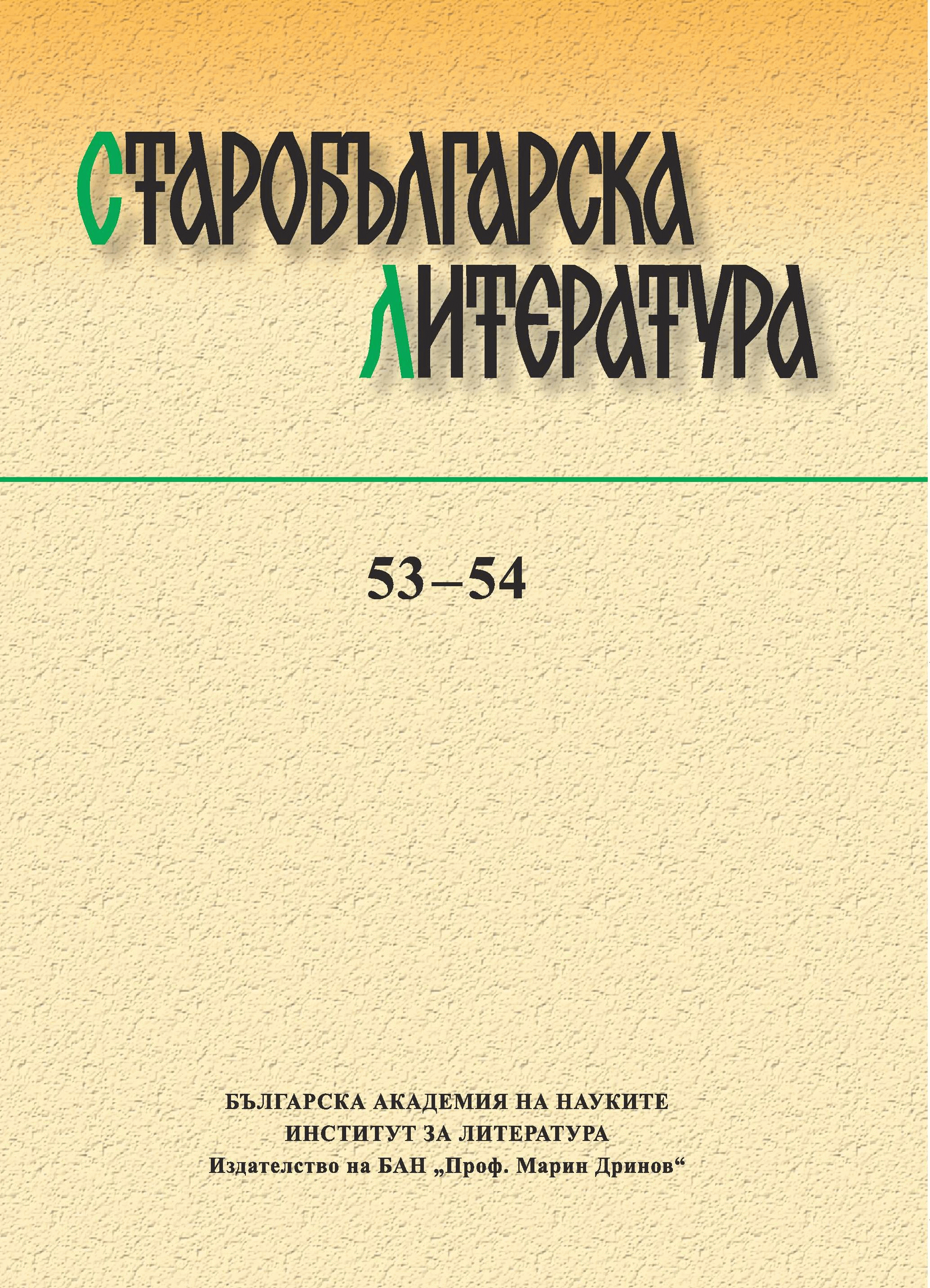
We kindly inform you that, as long as the subject affiliation of our 300.000+ articles is in progress, you might get unsufficient or no results on your third level or second level search. In this case, please broaden your search criteria.



Church Slavonic manuscript collections in Poland hold over forty copies of homilies and encomia traditionally attributed to Clement of Ohrid. Although scholars have known about these copies for years, they have not been subjected yet to detailed linguistic and textual studies. The analysis of the works from the Lenten and Paschal cycles reveals that part of the copies retain old linguistic features – spelling and lexical units – from South Slavonic manuscripts which, no doubt, were still in use in areas of Western Russia during the 14th–16th centuries. As a rule, Clement’s works were faithfully copied, but there are occasionally examples of textual interventions that evince editorial activity by local scribes and compilers. The source material confirms the opinion that, within the Polish-Lithuanian state, Russian Orthodoxy was actively drawing from the South Slavonic literary tradition.
More...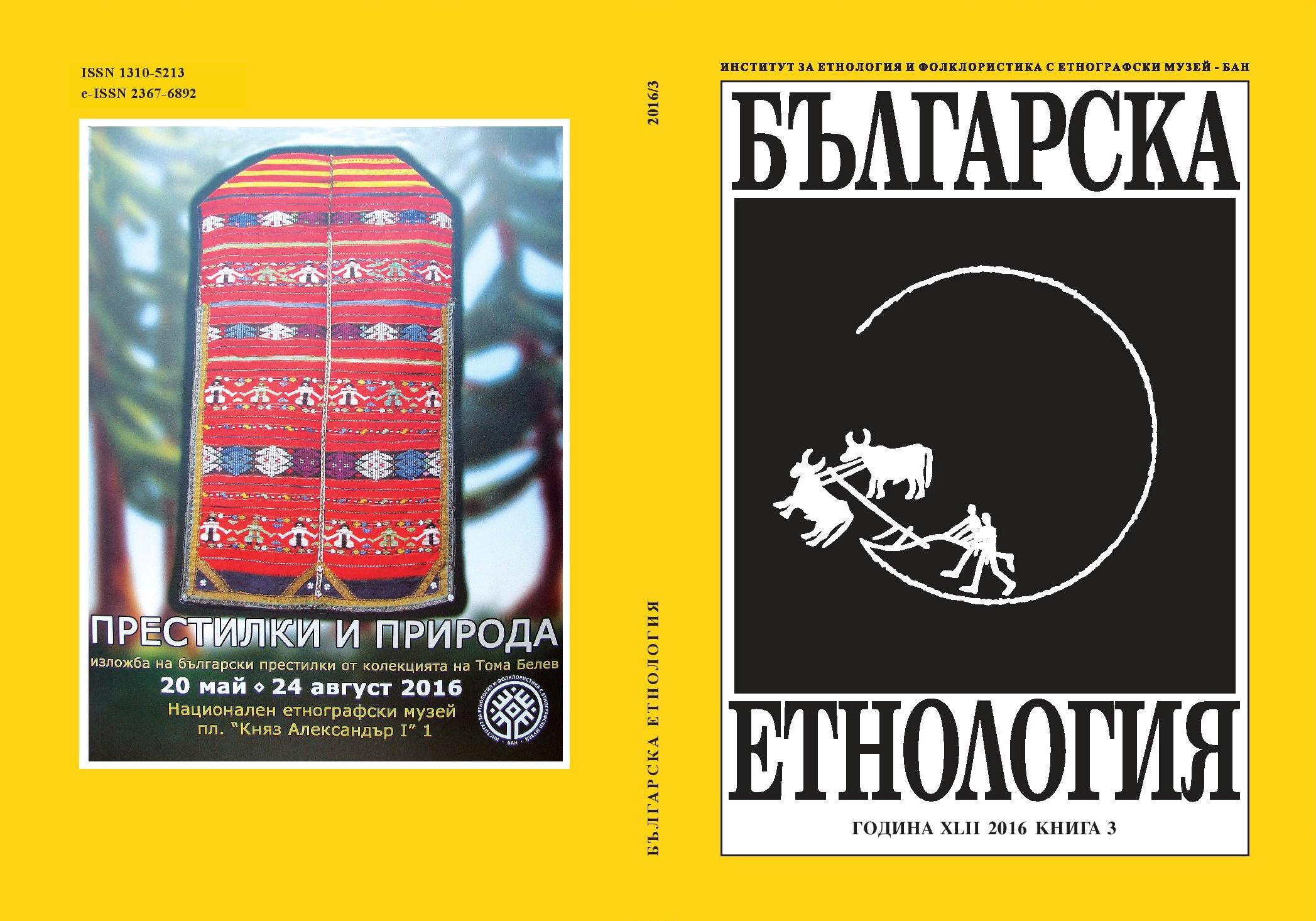
The article presents in chronological order the donations which have come in thespecialized ethnographic archive of the Institute of Ethnology and Folklore Studieswith Ethnographic Museum. It analyzes the dynamics of the donations, their thematiccontent, territorial range, and the motivation of the donors as well as traces the processof transformation of the personal documents into public socially significant culturalfacts.
More...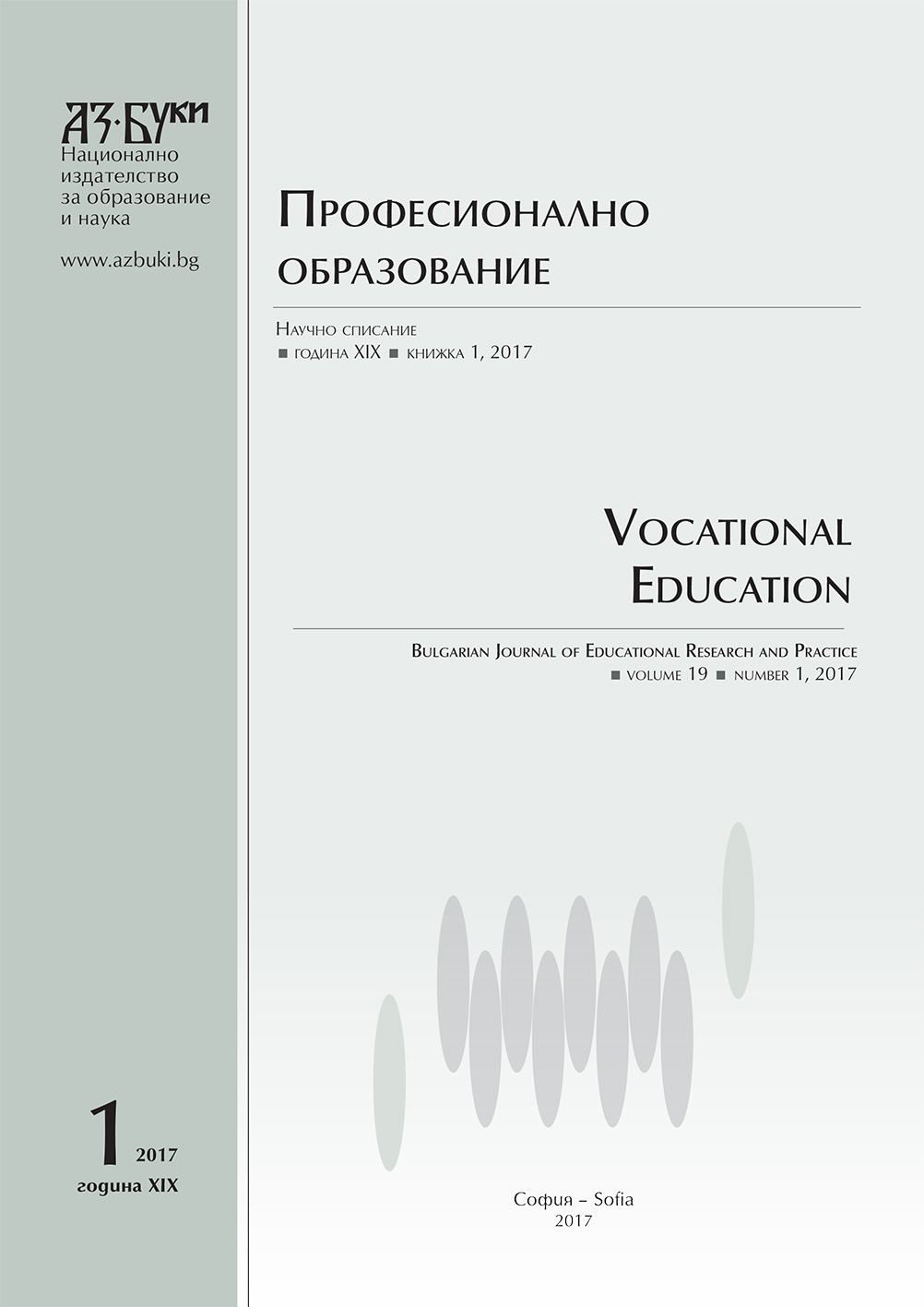
Daily use of internet enables people to take advantage of the benefits of a large number of online services by carrying out certain activities in the network. The aim of the text is to reveal the conveniences and risks of using internet for achieving personal goals; to differentiate the types of usage of individual internet users; to make dynamic analysis and trend of private internet use in Bulgaria; to reveal benefits in using internet. As a conclusion are given recommendations on reducing the risk.
More...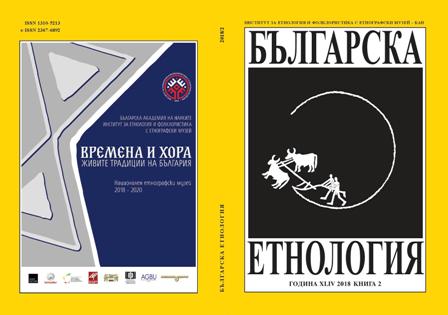
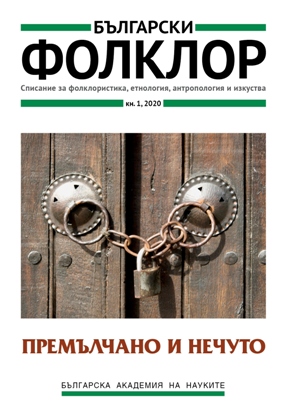
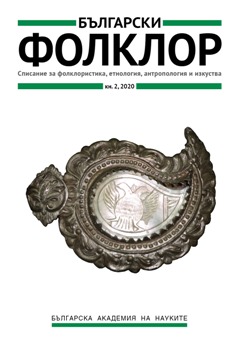
Known to man since time immemorial, nacre is one of the most popular and most highly valued material that are still in use nowadays in the creating of different pieces of jewelry and decorations. Subject of the study are some of the most attractive and beautiful belt buckles (pafti) which are property of the Regional Museum of History in the town of Kardzhali. Additionally, nacre is described as a raw material in regards with its composition and structure, its natural sources and the ways in which it is used. The article is an attempt to view the subject from an interdisciplinary perspective and give a complex picture, using the resources of different disciplines. Its goal is to interpret the messages encrypted in the images on the belt buckles, and also to answer a series of questions about the type, nature, biogeographic origins and the way of processing the raw nacre.
More...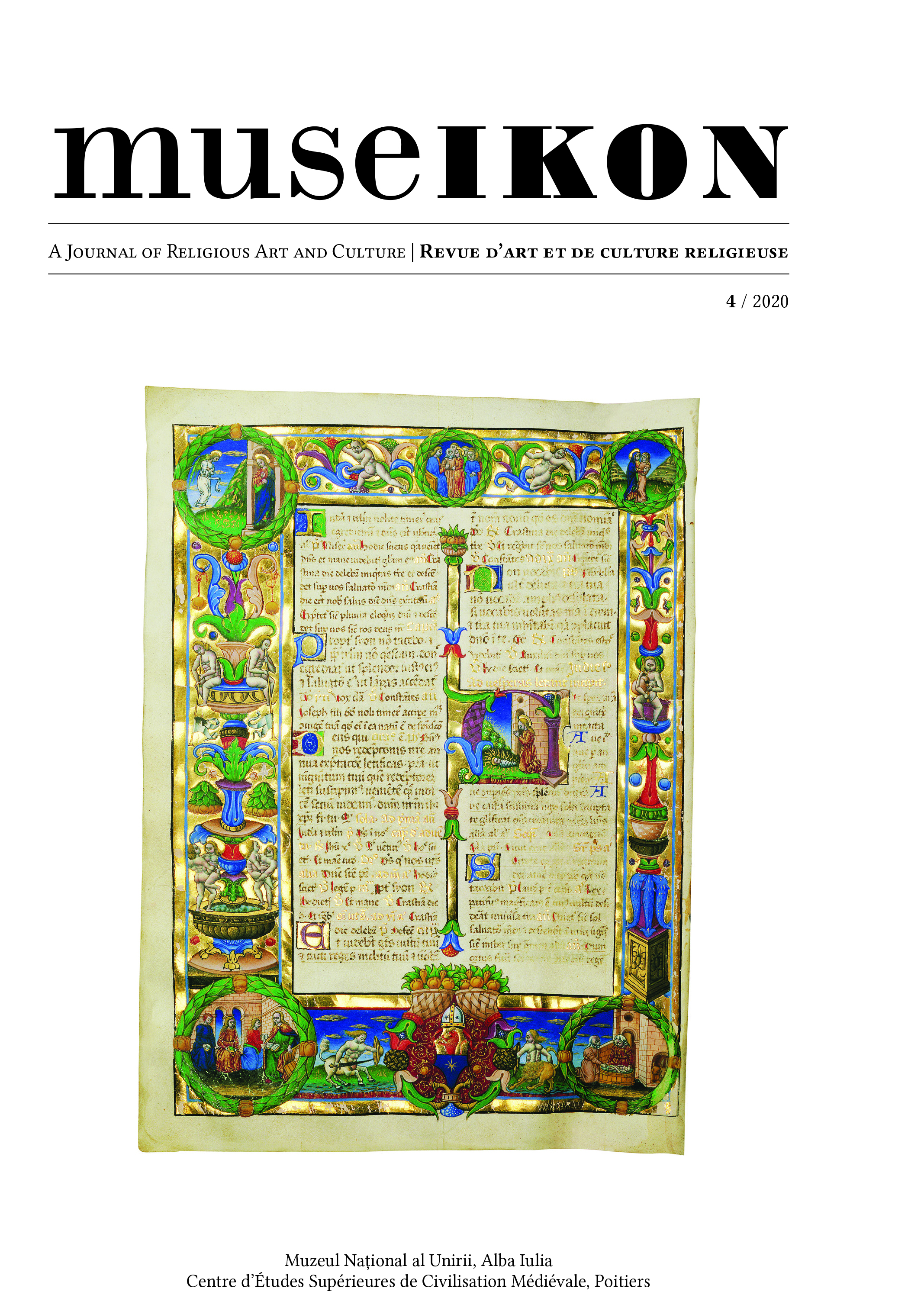
La recherche menée sur les collections de la Bibliothèque Metropolitaine de Bucarest a mis en exergue un certain nombre de volumes qui présentent un intérêt scientifique particulier en vertu des notices transcrites dans leurs pages. Il s’agit de livres ayant appartenu à des notables du XVIIe-XVIIIe siècles (prince Constantin Brancovan, métropolites Sava Brancovici et Benjamin Costachi, ou l’imprimeur Georges Radovici), autant d’écrits roumains anciens imprimés à Târgoviște et Bucarest, que de textes étrangers ramenés de Venise ou de Lviv.
More...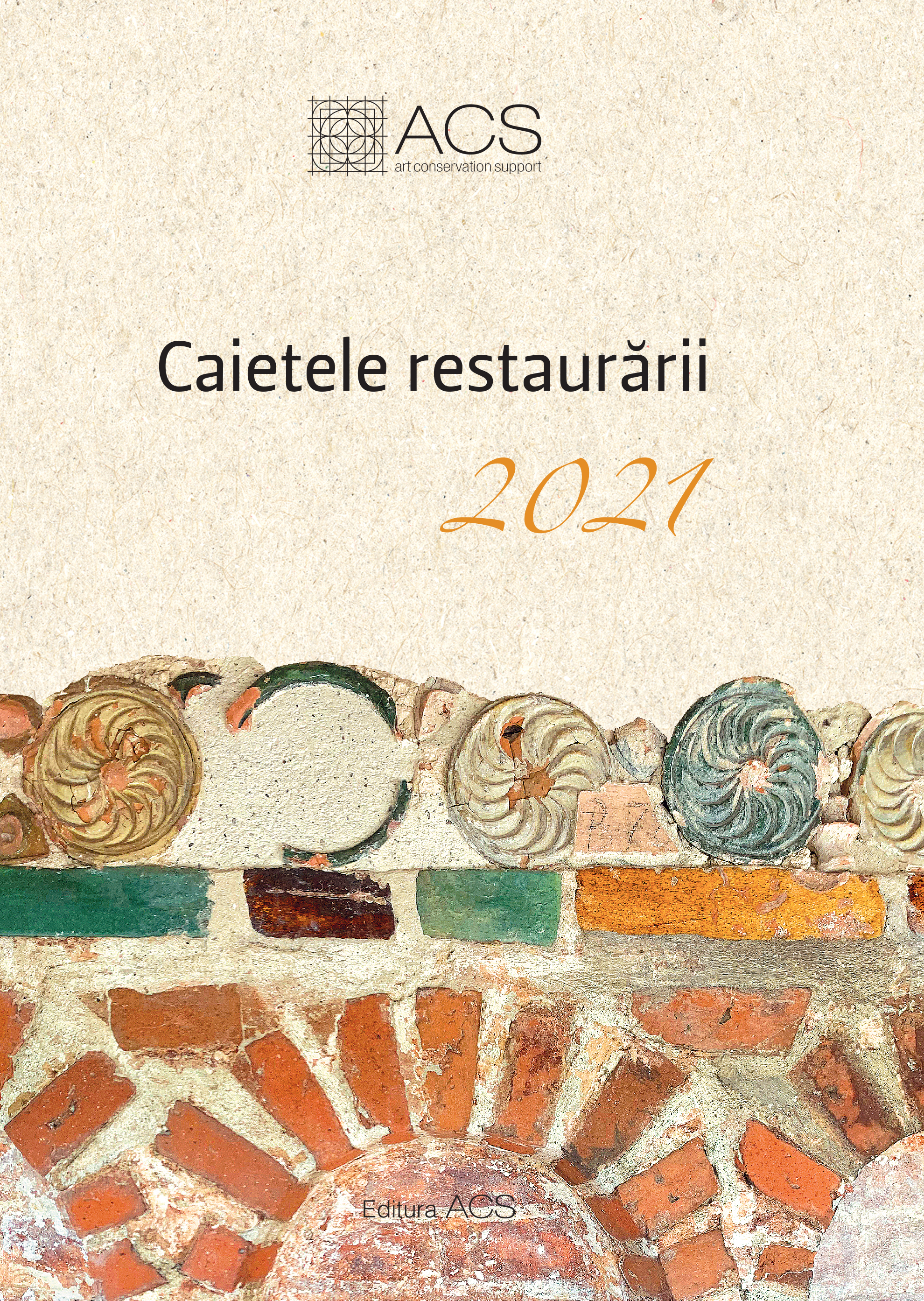
The stated purpose of this article is to sensitize the specialists and responsible institutions on some conservation interventions that are required in the current situation, years after the first emergency interventions started in 1980 at Voroneț.
More...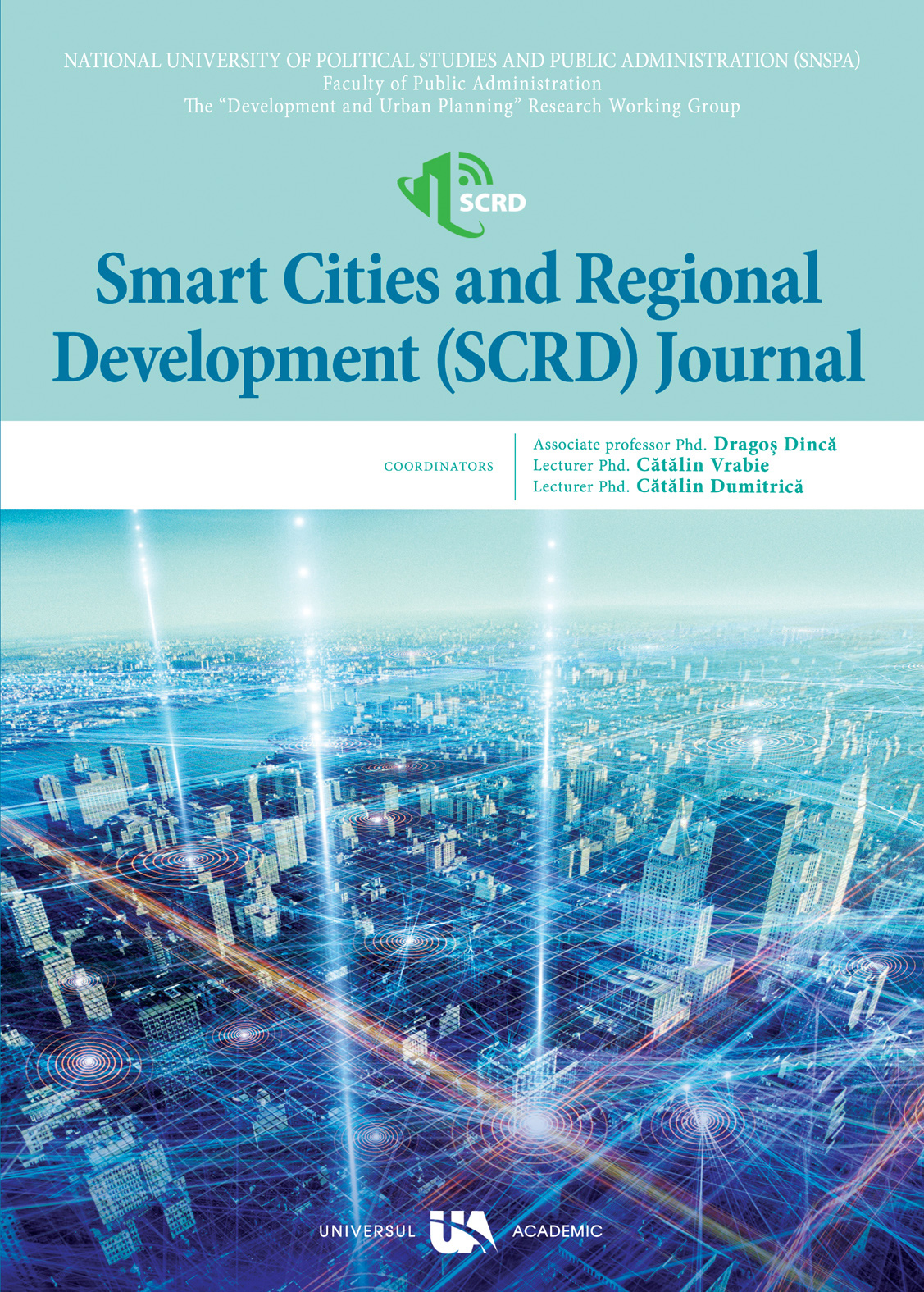
What we see around us and how today will affect tomorrow is all depending on our creativity. Our intelligent life is inspired from our imagination. Since the world exists the main source of ideas has derived from the fairy tales and fables that humanity learned in its infancy. These brainstorming sources of ideas are constantly used by the science and technology to move our life forward through embodying our dreams for freedom, justice, democracy and sustainability through smart concepts and solutions. The future is here inspired by myths and legends and represented by Michio Kaku in his futuristic visions. Our proposed work is to visualise some of these ideas into smart concepts for the future. Our panel will discuss and demonstrate how an idea can transform storytelling into a VR concept and will shed light onto the rise of some of the most ground-breaking emerging technologies.
More...
As drivers of economic and social growth, and engines of innovation, cities develop urban intelligence relying on the use of information and communication technologies (ICTs) as a source to ensure high quality of life and improve processes and services. Smart cities and smart communities help build urban intelligence within cities aiming to proceed towards urban sustainability and promoting innovation and knowledge creation. Cities identify smart and intelligent solutions to facing and solving urban problems, by using the potential offered by information technology to drive innovative processes and proceed towards sustainable urban growth. Information technology helps cities to rediscover the meaning of community as an organizational framework that fosters collaboration within urban spaces. Local government, business, education and citizens understand the potential of information technology in order to transform the community in significant ways through collaboration. Intelligent cities as communities promote technological innovation and encourage people to work for achieving urban sustainability. As engines of innovation, cities as smart communities proceed towards urban intelligence by developing the urban community as an intelligent city which rediscovers a pathway for growth and knowledge, innovation and value creation.
More...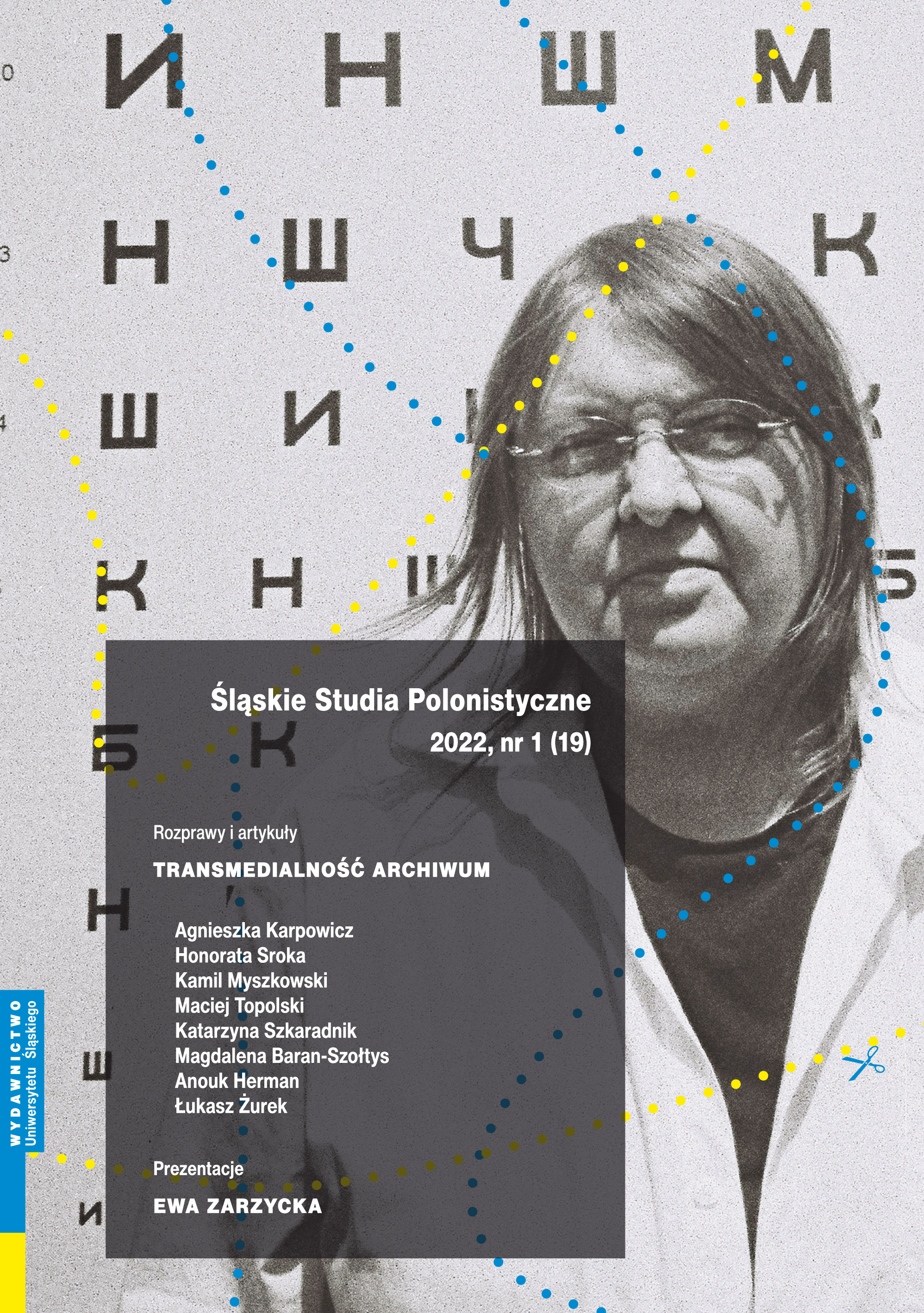
The article concerns the Themerson Archive in Warsaw, which for nearly three decades was prepared for publication by art critic Jasia Reichardt. She not only sorted out these collections, but also acted as an intermediary between the artists, the Archive, and the audience. In this case, the curatorship of the archive is an effort to bring the individual parts of the collection closer to the audience by creating a narrative about the history of individual artifacts. The curator has bestowed on the materials a broad biographical context. In her article, Honorata Sroka comes up with the idea of the curatorship of archival collections. She develops a specific approach to curatorship by describing Reichardt’s exhibition methods, i.e., the latter’s strategies of presentation and presence in the Themerson Archive. Sroka moves away from the classic approaches to the theory of archives by regarding the curator’s activities not only as attempts to limit the public’s access to knowledge about the artists and the desire to guard their collections, but rather as organizational efforts aimed at formulating a coherent method for the presentation of materials. Moreover, Sroka emphasizes the fact that Reichardt’s experience as a long-time curator of art exhibitions, the author of numerous articles, and the director of the Whitechapel Art Gallery in London has allowed her to make a highly original contribution to the field of archival studies.
More...
The purpose of the article is to demonstrate the possibilities of using the electronic "Ukrainian National Biographical Archive" (UNBA) in the field of humanitarian knowledge based on a specific applied historical and psychological study. The research methodology is a combination of general scientific methods of analysis of theoretical material and statistical and comparative methods of analysis of specific empirical data, their systematisation and generalisation. The scientific novelty of the research is characterised by the use of information technologies, large volumes of data, and methods of statistical processing in the traditionally humanitarian field of research, which is characterised by a predominantly descriptive approach. Conclusions. On the example of the proposed study, an approach is presented that will allow to significantly expand the possibilities of both specific biographical investigations and studies of socio-historical, ethnological, and historical-psychological directions. Large-scale volumes and detailed structuring of the biographical archive (UNBA) according to its thematic, chronological, and gender distribution allows presenting the system itself as the core of the scientific activity of the virtual historical and biographical laboratory. Analogues of this approach do not exist in Ukraine today due to the uniqueness of the biographical archive (UNBA) itself, which combines the widest possible coverage of national biographical material with its detailed structuring. As a perspective of further research in the presented direction, we see the study of the dynamics of changing the archetypal features of the generalised image of Ukrainians in the temporal perspective. This includes answers to the question: how were the spheres of social activity of men and women correlated in different periods, the scaling of which is possible from centuries to one generation, i.e. 20-30 years? How statistically significant are these changes? We consider another interesting direction to be the identification of archetypal characteristics of Ukrainians depending on the places of social activity, birth, etc. – the so-called geographical rubrics.
More...
fessional programs of the specialty 029 "Information, library and archival work", which are implemented in higher education institutions of Ukraine. The research methodology is based on an organic combination of the principles of scientific objectivity and systematicity, the application of the structural-functional approach, and the use of general scientific methods of scientific knowledge (cognitive, analysis and synthesis, statistical), content analysis of OPP in institutions of tertiary education. The scientific novelty of the presented work consists in identifying in the information system "Vstup.OSVITA.UA" a list of higher education institutions of which bachelor's and master's degrees in specialty 029 IBAS are trained, in the analysis of introduced educational and professional programs, in determining their traditional and innovative orientations. Conclusions. The training of specialists in specialty 029 "Information, library and archival affairs" is carried out in higher education institutions of Ukraine under various educational and professional programs, which attests to the modernisation and improvement of the training of specialists in the specified field and the orientation of tertiary education to European integration processes. It was found that within the specialty, 63 OPPs for bachelors and 37 for masters were introduced into the educational process, of which 25 were accredited at the bachelor's level and 14 – at the master's level. Part of the OPPs is waiting for accreditation, according to their schedule. Among the OPPs presented by higher education institutions, the most common are "Documentation and information activities" (15 – bachelor's and 12 – master's) and "Information, library and archival affairs" (17 and 12, respectively). The analysis of the rest of the programs (31 – bachelor's and 13 – master's) showed that in 12 bachelor's and 10 master's programs, key words in the names of the programs are the document science component, such as "document science support", "document science management" processes", "documentation support", "document implementation", and others. One master's program and two bachelor's programs are based on librarian training of specialists, as evidenced by their names. The specified programs have their roots in the training of specialists in the field of document studies and librarianship, which indicates their traditional character. Part of the programs is aimed at training specialists in the information field. Under the influence of total digitisation, accents and priorities in social life are unconditionally changing, which is reflected in the modernisation of the educational process, the actualisation of innovative OPPs as a reflection of the in-demand synthesised knowledge.
More...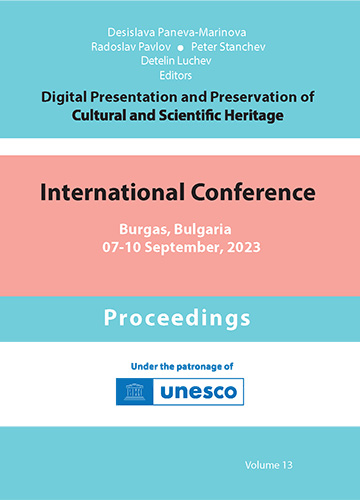
The main results of the work of the team of Institute of Mathematics and Informatics at the Bulgarian Academy of Sciences on the project CLaDA-BG – the Bulgarian National Interdisciplinary Research e-Infrastructure for Re-sources and Technologies in Favor of the Bulgarian Language and Cultural Heritage, Part of the EU Infrastructures CLARIN and DARIAH, will be presented during the Information Day within the DiPP2023 conference. The main emphasis will be placed on current and ongoing developments and implementations of CultIS - a web-based software platform for the intelligent digital management and presentation of large data sets and knowledge from the field of culture, humanities and social sciences.
More...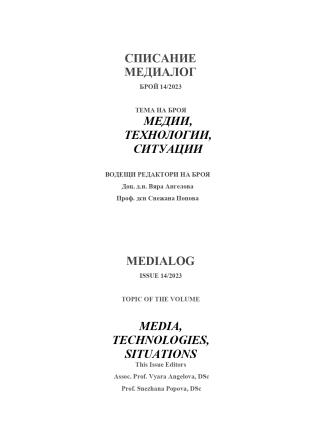
Radio is the oldest electronic media that is the first to reflect technological leaps in the media world. At the end of 2022, the technology based on artificial intelligence makes a qualitative leap and perceptibly enters all spheres of social and cultural life. This is also the period in which artificial intelligence begins to create individual broadcasts and later - entire radio programs. The potential of this new technology to replace the human factor is substantial. This research focuses on the future of radio and the impact of AI technology on radio producing.
More...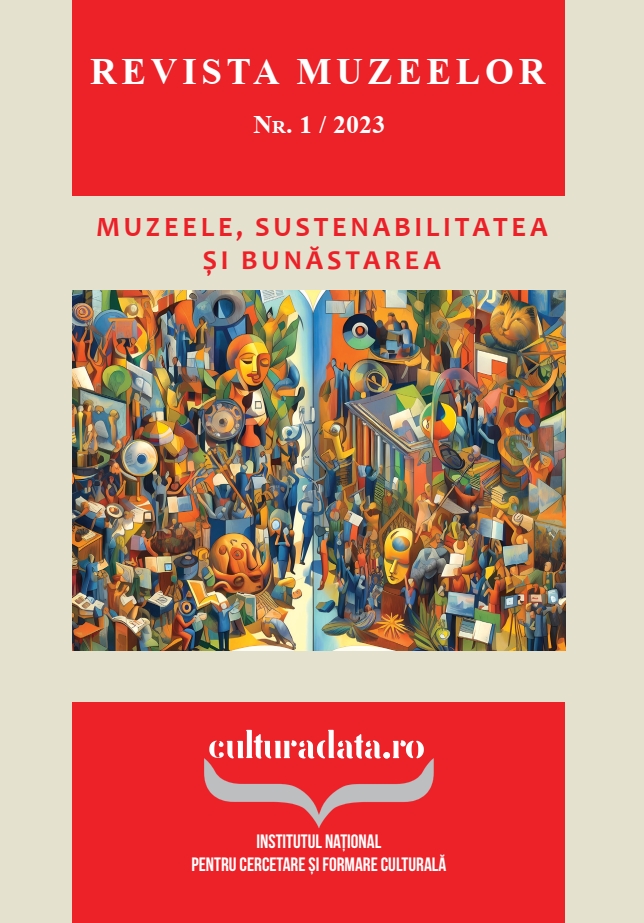
In 2019, the non-European movable cultural heritage belonging to the Franz Binder Museum was relocated in Sibiu, from the Hermes House (no. 11, Piața Mică), to the ASTRA Centre for Heritage (no. 20, Pădurea Dumbrava). In this context, the department of collection care of the ASTRA National Museum Complex, which is mainly responsible for the preventive conservation and administration of the museum’s cultural heritage, was entrusted with the task of carrying out the project. The actual period, from planning, organising, and preparation to the completion of the transport, lasted four months, and the action involved moving almost 4.000 ethnographic objects. With a focus on the planning and packing side, the case study describes in detail the steps taken, providing a benchmark and a model of good practice for those who might be facing a similar challenge.
More...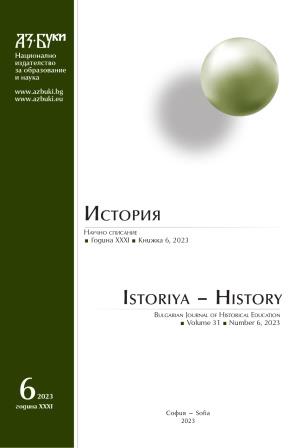
The study presents the problem of the essence, organisation, and functional development of the card file and archive of the State Security, in the period September 9, 1944 – 1949. The transformations of the services, departments, and sections that are directly involved in the operational report, card file, and archive are tracked. The main administrative and internal normative documents are analysed, which refer to the card file and archive of the State Security and which objectify the existing problems and trends at that time. The importance of this specific archival complex in its capacity as a carrier of retrospective documentary information and a specific source base for the researcher is derived.
More...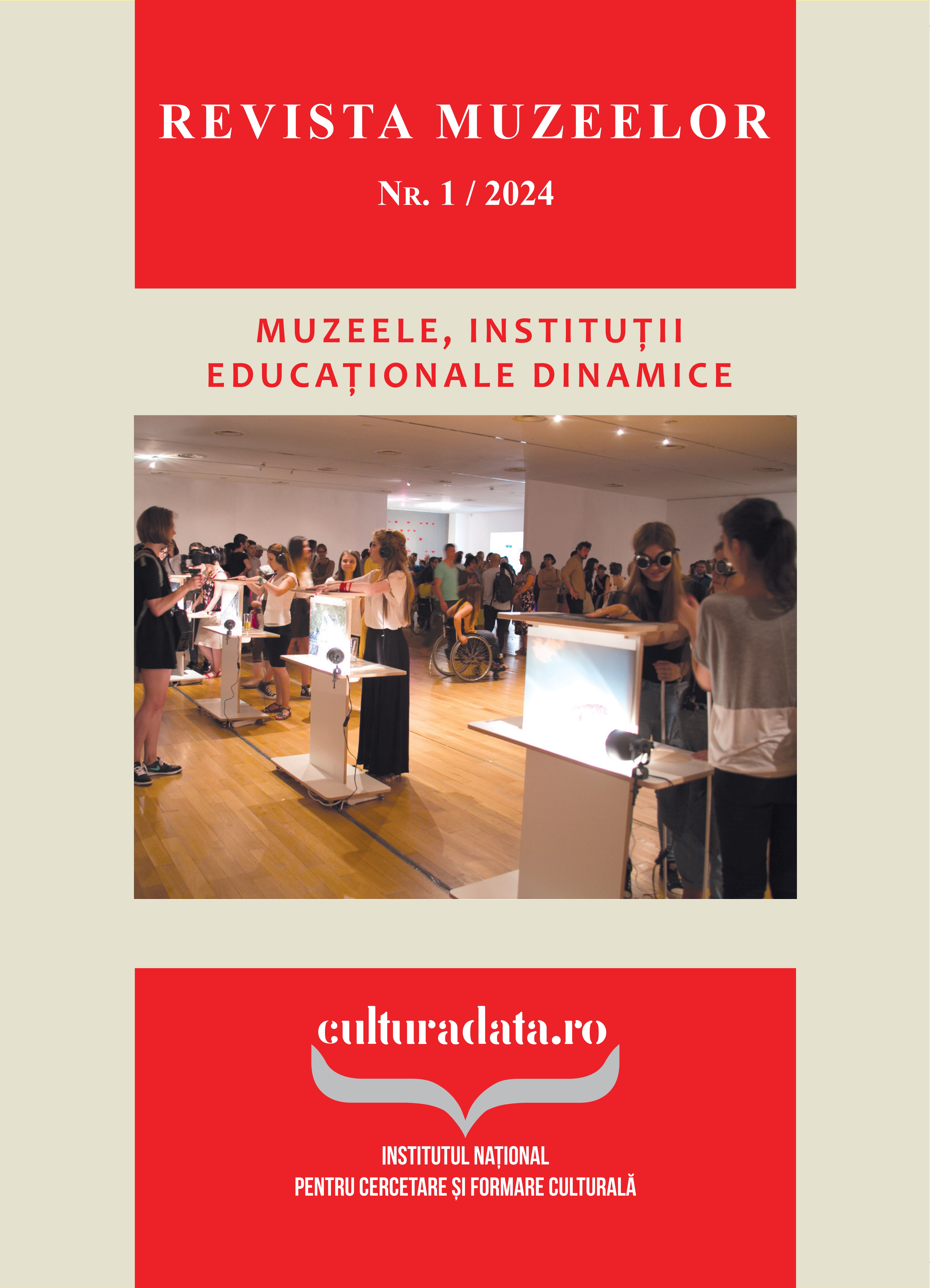
In the museum setting, various forms of data – written, visual, material, or digital – are pivotal for the preservation and display of cultural heritage. This research focuses on interpreting data as intangible elements within the museum environment, enveloping the exhibited or archived tangible objects. By referencing Arjun Appadurai’s concept of “thing” and its application to “data”, the study investigates how this data influences our perception and engagement with museum artifacts. Through a specific case study centered on an ethnographical photo collection, the research underscores the dynamic relationship between tangible objects and the intangible data that contextualizes and enhances our encounters with cultural heritage in museums.
More...